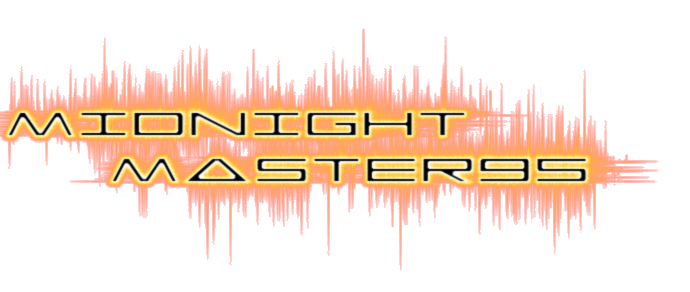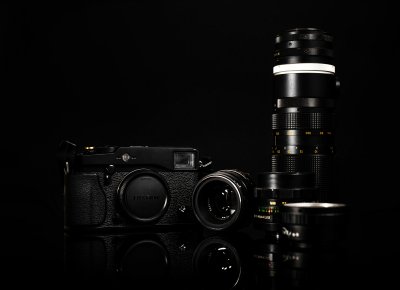If you're an iPhone user, you may have noticed that your camera captures images in the HEIC format instead of the traditional JPG. While this format offers better image quality and smaller file sizes, it can be a hassle when trying to view or share these images on devices that do not support HEIC. Fortunately, there are ways to convert HEIC images to JPG on Linux, and in this blog post, we'll show you how to do it using DigiKam or command line tools.
What is HEIC?
HEIC (High Efficiency Image Format) is a newer image format that was introduced by Apple in iOS 11. It uses advanced compression technology to produce high-quality images with smaller file sizes compared to the traditional JPG format. This means you can store more photos on your iPhone without taking up too much storage space.
However, the downside to this format is that it is not widely supported by devices and software outside of the Apple ecosystem. This can be a problem when you want to share your photos with friends and family who do not have an iPhone or Mac.
Converting HEIC to JPG using DigiKam
DigiKam is a powerful open-source image management software that offers a wide range of features, including the ability to convert HEIC images to JPG.
Step 1: Install DigiKam
If you don't already have DigiKam installed on your Linux system, you can easily do so using your distribution's package manager. For example, on Ubuntu, you can use the command:
sudo apt-get install digikam
Step 2: Import HEIC Images
Open DigiKam and import the HEIC images you want to convert by clicking on 'Import' in the top menu bar and selecting the desired folder or individual images.
Step 3: Select Images to Convert
Once the images are imported, select the ones you want to convert by clicking on them while holding down the Ctrl key.
Step 4: Convert to JPG
Right-click on the selected images and choose 'Convert > to JPEG' from the drop-down menu. A new window will appear, allowing you to choose the output quality and location of the converted images.
Step 5: View Converted Images
Once the conversion is complete, you can view your newly converted JPG images in the specified location. You can now easily share them with anyone, as they are now in a widely supported format.
Converting HEIC to JPG using Command Line Tools
If you prefer using command line tools, you can also convert HEIC images to JPG using the libheif library and the heif-convert command line tool.
Step 1: Install libheif
Install the libheif library using your distribution's package manager. For example, on Ubuntu, you can use the command:
sudo apt-get install libheif-examples
Step 2: Convert HEIC to JPG
Navigate to the directory where your HEIC images are located and use the following command to convert them to JPG:
heif-convert image.heic image.jpg
You can also specify the output quality by adding the -q option followed by a value between 1 and 100. For example:
heif-convert -q 90 image.heic image.jpg
Step 3: View Converted Images
Your converted JPG images will be saved in the same directory as the original HEIC images. You can now view and share them as you would any other JPG image.
Conclusion
Thanks to DigiKam and command line tools, converting HEIC images to JPG on Linux is a simple and straightforward process. Whether you prefer using a user-friendly interface or the command line, you can now easily view and share your iPhone photos on any device. So go ahead and give it a try, and enjoy your HEIC images in a more widely supported format.


Recommended Comments
There are no comments to display.